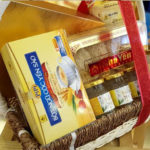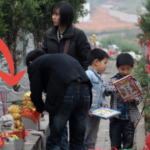1 What is New Year’s Eve?
New Year’s Eve is a ceremonial ritual that marks the end of a year and the preparation for the new year. It can be a year-end party or festival in Western culture, as well as a part of the Tet ritual in Vietnam that occurs on the last days of the lunar year, either December 30 (for a full year) or December 29 (for a leap year).

During New Year’s Eve, people gather in the afternoon and evening to make offerings and prepare a party to welcome the new year. This tradition reflects the cultural beauty of the Vietnamese people and provides an opportunity for family members to come together, reflect on the past year, and look forward to a better future.
2 Why do we often organize New Year’s Eve at the end of the year?
New Year’s Eve is often organized to bring family members together for a year-end meal, allowing them to reconnect, reminisce about the past year, and anticipate a brighter future. Depending on regional customs, the event may also include inviting friends and relatives to join the celebration.

3 Unique New Year’s Eve customs in three regions
The New Year’s Eve customs in the North, Central, and South of Vietnam each have their own characteristics, but they all reflect the cultural identity of the Vietnamese people. Traditional dishes with typical Vietnamese flavors are commonly prepared for the offerings.
Traditions in the North
In the North, the New Year’s Eve offering tray typically includes chicken, spring rolls, cinnamon rolls, pork, sticky rice with gac, and various other dishes such as stewed pork leg with bamboo shoots, drop ball soup, vermicelli, and sprouted mushrooms.
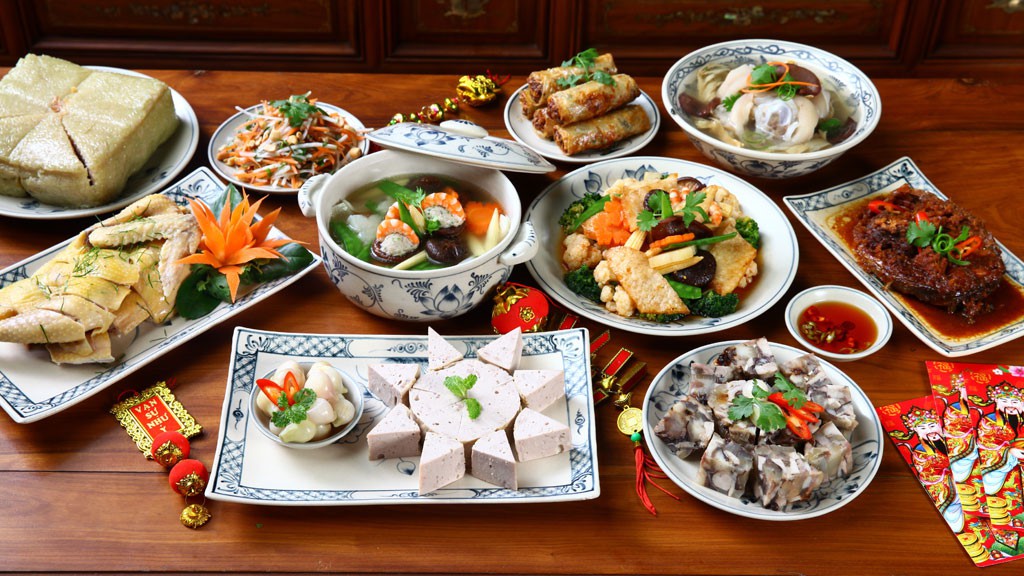
Customs in the Central region
In the Central region, the offering tray may include savory dishes like pork, chicken, stir-fried dishes, and soups. It is common to have Hue vermicelli, frozen meat, Hue rolls, pickled dishes, dried bamboo shoot soup, fried fish, and other delicacies.
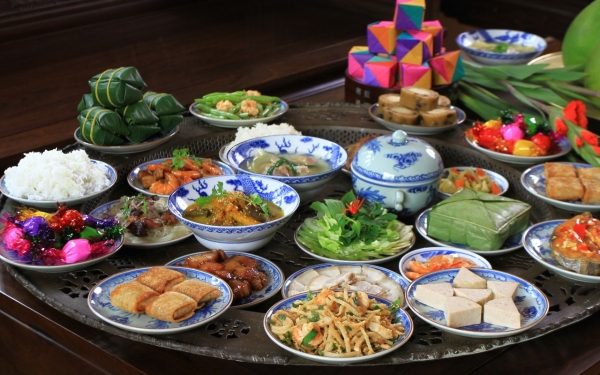
Customs in the South
In the South, a typical New Year’s Eve offering includes a tray of fruits, incense, flowers, paper money, candles, betel nut, tea, wine, Chung cake, and either vegetarian or savory dishes. If savory dishes are prepared, they may include radish soaked in fish sauce, cooked bamboo shoot soup, bitter melon soup stuffed with meat, braised meat, shrimp and meat salad, and various other dishes.

Each region has its own unique customs for the New Year’s Eve offerings, but they all reflect the traditional Tet culture of Vietnam.
Exploring the Customs and Traditions of the Vietnamese Doan Ngo Festival Celebrated in Families
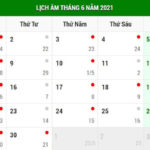 Traditions of the Vietnamese Doan Ngo Festival Celebrated in Families’>
Traditions of the Vietnamese Doan Ngo Festival Celebrated in Families’>The Lunar new year marks an important holiday in Vietnamese culture, and has roots stretching back to the ancient Eastern world. As families come together to experience the celebrations of Tet Doan Ng?, let’s explore seven of the most significant traditions that they engage in, each of which promises to bring prosperity and contentment.

























